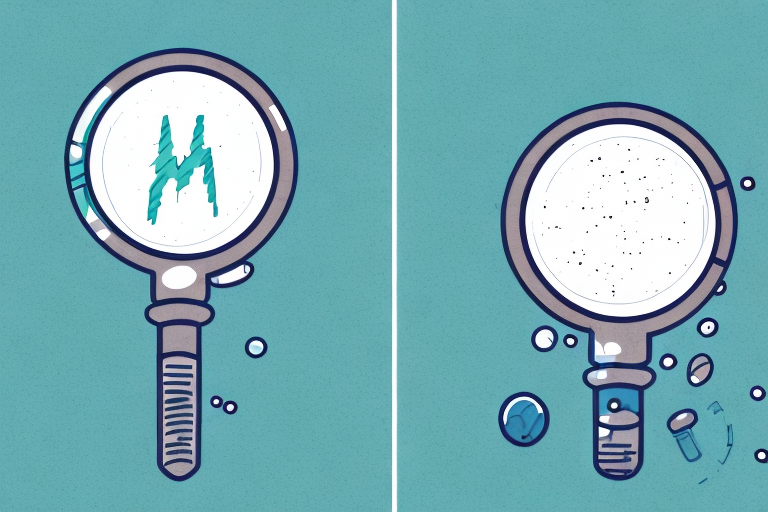Enhance Your Business with Product Comparison Tools
As a business owner, discovering innovative strategies to boost leads and sales is crucial. One such powerful strategy is providing customers with product comparison tools. These tools empower customers to evaluate different products, facilitating informed purchasing decisions that can ultimately increase your business revenue. This article delves into the significance of product comparison tools, their benefits, and a comprehensive guide to building one from scratch.
Importance and Benefits of Product Comparison Tools
Enhancing Customer Decision-Making
Product comparison tools offer immense value by allowing customers to make informed decisions. By presenting detailed information on various products' features, specifications, and prices, customers can easily compare options to find the best fit for their needs. According to a Nielsen report, 81% of consumers trust brands that offer comprehensive product information, leading to higher satisfaction and repeat purchases.
Gaining Competitive Advantages
Utilizing product comparison tools helps businesses stay ahead of competitors. Analyzing data generated by these tools provides insights into customer preferences and competitor offerings. This information enables businesses to refine their product offerings, pricing strategies, and marketing efforts. According to a McKinsey study, companies leveraging data-driven strategies are 23 times more likely to acquire customers.
Improving Operational Efficiency
Product comparison tools streamline the customer research process, reducing the time and resources your customer service team needs to spend on manual inquiries. By automating product comparisons, your team can focus on more strategic tasks like personalized support and addressing complex customer concerns, enhancing overall operational efficiency.
Types of Product Comparison Tools and Selection Criteria
Simple Tables
Simple tables are the most basic form of comparison tools. They allow customers to quickly view key features and prices side-by-side. This format is ideal for businesses with a limited range of products where direct comparisons are straightforward.
Advanced Search Filters
Advanced search filters offer a more dynamic comparison experience. Customers can filter products based on specific criteria such as price range, features, ratings, and more. This type of tool is beneficial for businesses with a diverse product lineup, providing a tailored comparison experience.
Dynamic Charts
Dynamic charts offer interactive comparisons, visualizing data in formats like bar graphs, pie charts, or radar charts. These are particularly useful for highlighting performance metrics or feature differences in a visually appealing manner, enhancing user engagement.
Selecting the Appropriate Tool
Choosing the right comparison tool depends on your business goals and customer needs. Consider factors such as the complexity of your products, the level of detail required, and the user experience you wish to provide. Conducting user research and testing different tool types can help determine the best fit for your business.
Building and Developing a Product Comparison Tool
Step-by-Step Guide
1. Define Your Objectives
Start by identifying what you aim to achieve with the comparison tool. Whether it's increasing sales, improving customer satisfaction, or gaining market insights, clear objectives will guide the development process.
2. Design a User-Friendly Interface
A clean and intuitive interface ensures that customers can easily navigate and utilize the tool. Prioritize simplicity and clarity to enhance user experience.
3. Gather and Manage Product Data
Accurate and up-to-date product data is critical. Utilize reliable data sources and consider integrating APIs from trusted providers to maintain data integrity.
4. Develop and Test the Tool
Choose the right technology stack for development and conduct thorough testing to identify and fix any issues. User testing is essential to ensure the tool meets customer needs.
5. Launch and Optimize
After launching, continuously monitor performance and gather user feedback. Use this data to make iterative improvements, ensuring the tool remains effective and relevant.
Best Practices for Design and Development
- Ensure Responsiveness: Optimize the tool for all devices, especially mobile, to reach a broader audience.
- Maintain Data Accuracy: Regularly update product information to prevent misinformation.
- Provide Clear Comparisons: Highlight key differences and similarities to aid in decision-making.
- Enhance Performance: Ensure fast load times to prevent user frustration and abandonment.
Integrating, Analyzing, and Optimizing Your Tool
Marketing Integration
Incorporate the comparison tool into your broader marketing strategy. Embed it in email campaigns, social media channels, and blog posts to increase visibility and usage.
Utilizing Data Analytics
Leverage data analytics to monitor how customers interact with the tool. Insights into popular features, common comparison points, and user behavior can inform further enhancements.
Common Mistakes to Avoid
- Providing Inaccurate Data: Ensure all information is correct to maintain trust.
- Overcomplicating the Interface: Keep the design simple to avoid overwhelming users.
- Neglecting Mobile Users: Ensure the tool is fully functional on mobile devices.
- Lack of Continuous Improvement: Regularly update and optimize the tool based on feedback and analytics.
Case Studies and Future Trends
Successful Implementations
Leading companies like Amazon and Best Buy have effectively utilized product comparison tools. Amazon’s tool allows customers to compare products based on various criteria, enhancing user experience and driving sales. Similarly, Best Buy’s comparison feature highlights product features and customer reviews, increasing customer engagement.
Emerging Trends in Product Comparison Tools
The future of product comparison tools lies in advanced technologies such as artificial intelligence and machine learning. These technologies can offer personalized recommendations based on user behavior and preferences. Additionally, the integration of augmented reality (AR) can provide interactive and immersive comparison experiences, further enhancing customer engagement.
Conclusion
Implementing a product comparison tool can significantly enhance customer engagement, drive website traffic, and boost sales. By adhering to best practices in design and development, continuously analyzing performance data, and integrating the tool into your marketing strategy, you can create a valuable asset for your business. Stay attuned to emerging trends to ensure your product comparison tool remains competitive and continues to meet evolving customer needs.








